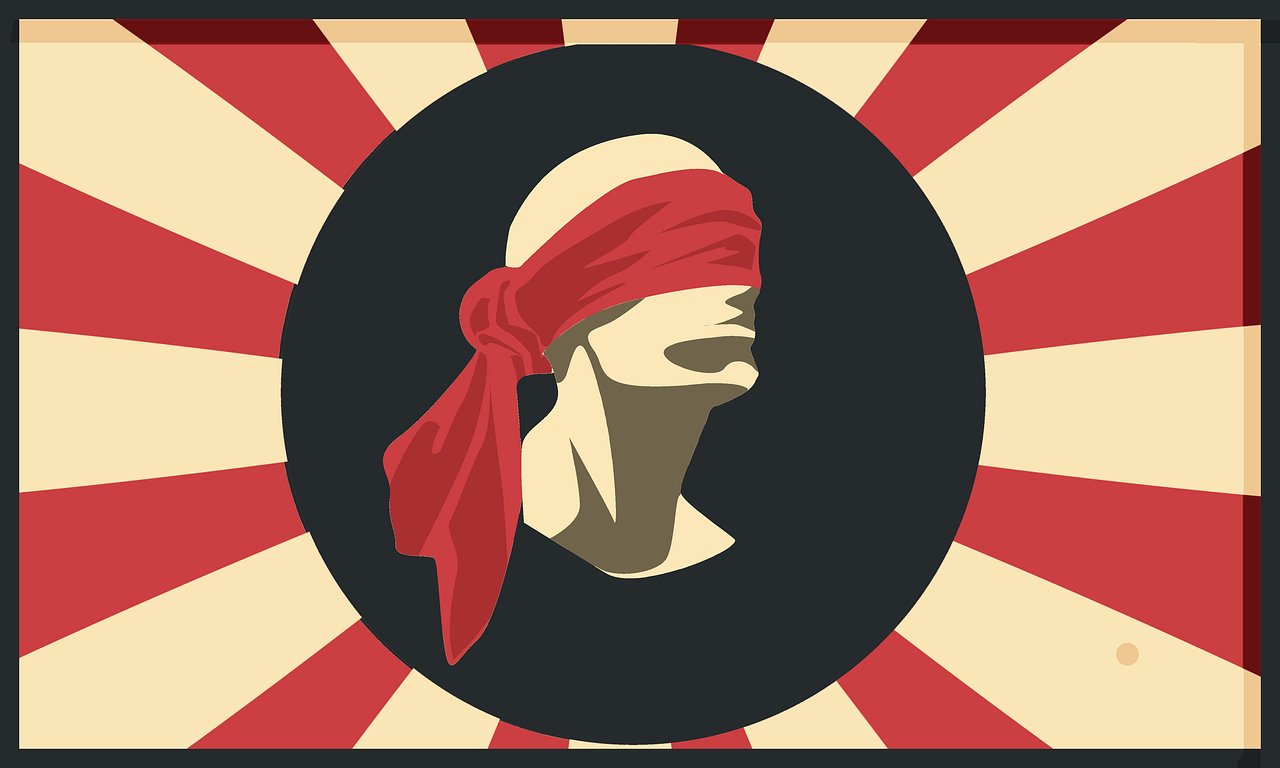Welcome to a world where AI is quietly shaping ideologies without fanfare or fireworks. We're talking about Large Language Models (LLMs), the generative AI systems like ChatGPT that many of us believe to be neutral. But are they really? Paul Kronlund-Drouault from École Normale Supérieure de Lyon asks the hard question: Are AI models secretly propaganda machines?
Now, I know, I know—throwing around words like "propaganda" might feel like we're wandering into tinfoil hat territory. But buckle up. This article is going to dive deep into how AI, once believed to be an objective tool, is a sophisticated mechanism for reinforcing ideologies—whether we know it or not.
The AI Illusion of Neutrality
Let’s start with the myth: “AI is neutral, right?”
Wrong. While many believe LLMs are impartial, neutral judges of information, the truth is far murkier. AI is shaped by its creators, and those creators are often large, for-profit corporations with specific interests. Much like social networks, LLMs aren’t immune to bias, and the impact of these biases can ripple across society.
Take Sam Altman’s OpenAI, for example. When you interact with ChatGPT, you’re not getting an unfiltered view of reality. Instead, you're receiving data processed through layers of "alignment." Alignment in AI refers to how a model is tuned to follow a particular set of values, objectives, or, yes, ideologies.
How Bias is Baked In
Here’s the kicker—when AI gets “aligned,” it’s not just about fixing errors or preventing offensive outputs. It’s about guiding the model toward a specific worldview. AI models are often aligned with what Marxist theory calls the “dominant ideology,” meaning the perspective held by those in power, typically the elite or bourgeoisie.
Sound intense? It is. The alignment process goes beyond basic safety filters; it’s political. Whether you’re aware of it or not, every AI system you use—whether it’s Google’s Gemini or OpenAI’s GPT—carries ideological baggage.
What Is AI Alignment, Really?
H2 Header: The Basics of AI Alignment
AI alignment is the practice of tuning AI systems to follow a specific set of rules or behave in a desired way. At its core, alignment can involve anything from making sure the AI doesn’t curse like a sailor to ensuring it provides helpful, non-offensive responses. But here's where it gets complicated—alignment can also steer AI toward specific political leanings.
Let’s say you’re training an AI model. You feed it tons of text data, but much of that data reflects societal biases. If your training set consists of politically charged material, your model will pick up on these leanings and reflect them in its outputs.
Unsupervised Alignment: The Invisible Hand
In the most basic form of alignment, AI is exposed to raw text data without much filtering. This type of “unsupervised” learning allows the AI to develop biases naturally. If your dataset contains right-leaning news articles, guess what? Your AI might start subtly pushing a conservative worldview. This unsupervised alignment mirrors human socialization processes, where individuals unconsciously pick up biases from the media they consume.
H3 Header: Political Bias in AI's DNA
Let’s take a step back and look at how alignment affects an AI model’s internal architecture—specifically, its embedding space. When you align an AI model with a particular ideology, it doesn’t just change how the AI responds to individual queries. It alters how the AI understands everything. For instance, aligning a model on Marxist-Leninist data could place terms like “communism” and “capitalism” in entirely different relational contexts compared to a model trained on more conservative data.
This affects the AI’s behavior in unpredictable ways. Think of it as tweaking the “moral compass” of the AI. You’re not just adjusting responses—you’re fundamentally altering its perception of the world.
Political Alignment: From Neutral to Woke and Everything in Between
H2 Header: Political Alignment in Practice
Here’s where it gets spicy. Different companies take different approaches to AI alignment. For instance, Elon Musk’s Grok AI from xAI has a political leaning that Musk himself describes as “anti-woke.” On the other hand, mainstream models like ChatGPT are often critiqued for leaning too much into progressive ideologies.
But why does it matter? Well, think about it—AI models are increasingly being used to inform political opinions and even shape public discourse. Whether it’s through automating news stories, providing insights for policymakers, or even generating political ads, the biases embedded in AI systems can reinforce certain ideologies while marginalizing others.
Evaluating AI Bias: How Do We Measure Political Alignment?
Measuring political bias in AI is no easy feat. Some approaches use real-world political metrics, such as evaluating how closely an AI's responses align with established political parties. Others use evaluator agents—AI models that measure the bias of another AI model by asking a series of socio-political questions.
This is where things get meta: you need AI to judge AI. But that also introduces another layer of bias. Every model used to evaluate another brings its own ideological leanings to the table. In the end, AI alignment is a delicate balance—one that we haven’t quite mastered.
The Real-World Impact of Political AI
H2 Header: Societal Consequences of AI Bias
AI isn’t just a theoretical exercise. The biases baked into AI models can have real-world consequences, particularly in how people form opinions and make decisions. Whether we’re talking about media consumption, political discourse, or even how companies market to consumers, AI has an outsized influence on shaping what we think.
Let’s look at some examples. Research from the HKS Misinformation Review showed how AI-generated content from models like Google Bard, Microsoft’s Bing Copilot, and Perplexity can subtly influence public opinion on political events, such as the war in Ukraine. These biases, whether intentional or accidental, can create a skewed version of reality.
The Marxian Take: AI as a Tool of Dominant Ideology
H2 Header: AI and Class Struggle
If you’re into Marxist theory, then you’re probably familiar with the concept of the “dominant ideology”—the worldview that serves the ruling class. AI, according to Kronlund-Drouault, acts as a tool of the dominant ideology. The companies that build AI models—OpenAI, Google, and Meta—are for-profit corporations that inevitably reflect capitalist ideals in their products. This reinforces existing power structures, subtly encouraging people to align their thinking with capitalist ideologies.
Even models produced in different political environments reflect these biases. For example, Mistral AI, a French company, produces AI models that lean slightly more left due to the country’s political climate. Meanwhile, American models like GPT and Bard tend to be more centrist or lean toward liberal capitalist ideals.
AI and Hegemony
Antonio Gramsci’s theory of cultural hegemony is also relevant here. Gramsci argued that the ruling class maintains power not just through force but by controlling culture and ideology. AI models represent a new frontier in this battle for ideological dominance. The way these models are aligned and trained affects how people think about politics, economics, and society as a whole.
Can We Ever Escape AI Bias?
H2 Header: Toward a More Balanced AI
So, what can we do? Is it possible to create an AI that is truly neutral, free from bias?
Unfortunately, true neutrality might be a pipe dream. AI models are products of the data they're trained on, and that data is inherently biased. However, we can strive for transparency. Companies could publish more information about how their models are trained, what data is used, and how alignment processes are conducted.
Additionally, governments might need to step in. Just as political speech is regulated during election seasons, AI outputs—especially those that influence public opinion—could be subject to similar oversight.
The Road Ahead for Political AI
AI is not just a tool; it’s a political agent. As AI systems become more integrated into our daily lives, we need to be aware of the ideological forces that shape them. Whether it's the alignment processes that bake bias into the system or the corporations that wield AI as a tool of influence, understanding the political dimension of AI is more crucial than ever.
As we move forward, the question remains: Can we create an AI that truly serves humanity, or will it continue to be a tool of the ruling class?
Now, I turn it over to you. How do you feel about AI’s role in shaping political ideologies? Should there be more transparency around AI alignment processes? Join the discussion in the comments below and become a part of the iNthacity community, the "Shining City on the Web." Let’s debate, share, and explore the future of AI together. Apply to become a permanent resident then a citizen of the "Shining City on the Web."
Disclaimer: This article may contain affiliate links. If you click on these links and make a purchase, we may receive a commission at no additional cost to you. Our recommendations and reviews are always independent and objective, aiming to provide you with the best information and resources.
Get Exclusive Stories, Photos, Art & Offers - Subscribe Today!
























Post Comment
You must be logged in to post a comment.